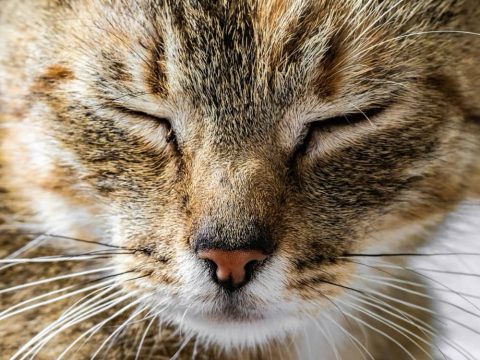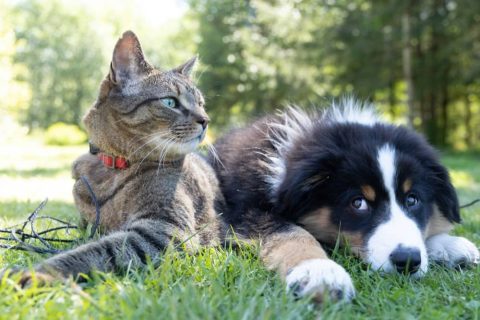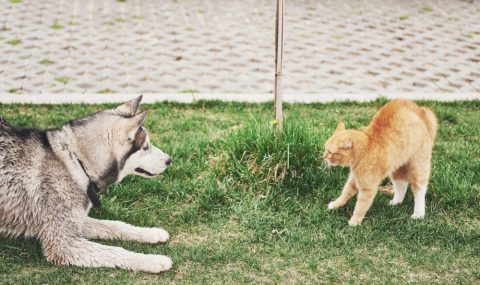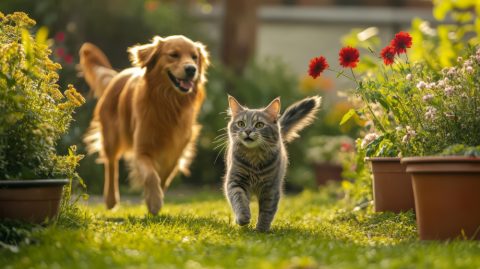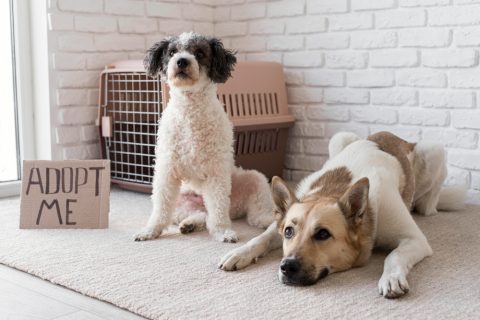Spend enough time around both cats and dogs, and you’ll hear it said again and again: “Dogs love you, cats tolerate you.” While it’s often said in jest, this idea stems from a common perception that cats are emotionally aloof. But is that independence a barrier to building real emotional bonds?
Contents
What We Think We Know About Cats
Cats have long carried a reputation for being solitary, mysterious creatures. Unlike dogs, who often seek out human attention, many cats appear content to spend time alone, lounging on sunny windowsills or disappearing for hours. This independence is sometimes interpreted as emotional distance, leading many to assume that cats are less loving or less capable of attachment than dogs.
But this doesn’t mean they lack affection or loyalty. In fact, studies have shown that cats can form strong attachments to their owners. The key difference lies in how they express it.
Subtle Signs of Affection
Cats don’t often wear their hearts on their furry sleeves. Where a dog might jump, wag, or whimper with joy, cats express affection more subtly: following you from room to room, head-butting your leg, curling up on your laptop. Even something as simple as a cat choosing to nap in your presence is a quiet show of trust and connection.
These actions often go unnoticed or are misread as indifference. But in feline terms, they’re meaningful. Much like humans who aren’t prone to grand displays of emotion, cats can bond deeply—they just do it their own way.
Some cat owners even report that their pets greet them at the door, meow for attention, or bring them “gifts”—behaviors that signal attachment, even if they aren’t as overt as tail wags or happy barks. Understanding these cues can significantly change how we perceive a cat’s emotional investment.
Independence or Emotional Mismatch?
The perception of cats as distant may have more to do with our expectations than with their actual behavior. Many of us look for signs of emotional connection that mirror our own expressions: eye contact, hugs, verbal cues. Dogs tend to meet those expectations. Cats, less so.
This mismatch can lead people to assume cats are uncaring, when in fact, they may just be emotionally asynchronous with us. They’re not ignoring us—they’re simply tuned into a different emotional wavelength.
In a study published in Current Biology (2019), researchers found that cats show secure attachment styles toward their caregivers—similar to what’s observed in human infants and dogs. This suggests that cats are capable of forming strong emotional bonds, but we may need to adjust our lens to recognize it.
The Role of Environment and Routine
Cats thrive on predictability and routine. Sudden changes in environment or behavior can stress them out and make them seem withdrawn. In pet friendly apartments or smaller homes, cats may seek solitude simply because they feel overstimulated.
Creating a calm, enriched environment—with cozy corners, vertical spaces, and plenty of personal territory—can help cats feel safe enough to initiate contact and affection. Even small changes like adding a cat tree or placing a blanket in a sunlit area can encourage your cat to spend more time in shared spaces.
Cats also communicate through scent and proximity. Rubbing against you, kneading your lap, or sleeping on your belongings are all signs of emotional closeness. These subtle behaviors become more frequent in stable, comfortable environments.
Emotional Intelligence in Cats
While they may not respond to every mood swing, cats are capable of recognizing human emotions. Research suggests some cats can pick up on tone of voice and body language, adjusting their behavior accordingly. For instance, a cat may retreat if you speak loudly or approach gently when you’re quiet and still.
Still, it’s true that dogs are generally perceived as more emotionally responsive. As explored in our related piece Do Dogs Feel More Than Cats? Exploring Pet Emotions, dogs more often react to their owner’s moods and are seen as offering comfort.
But that doesn’t mean cats are incapable of empathy—just that it might show up differently, and less predictably. In fact, many cat owners report that their pets seem to know when they’re sad or unwell, curling up beside them in quiet solidarity.
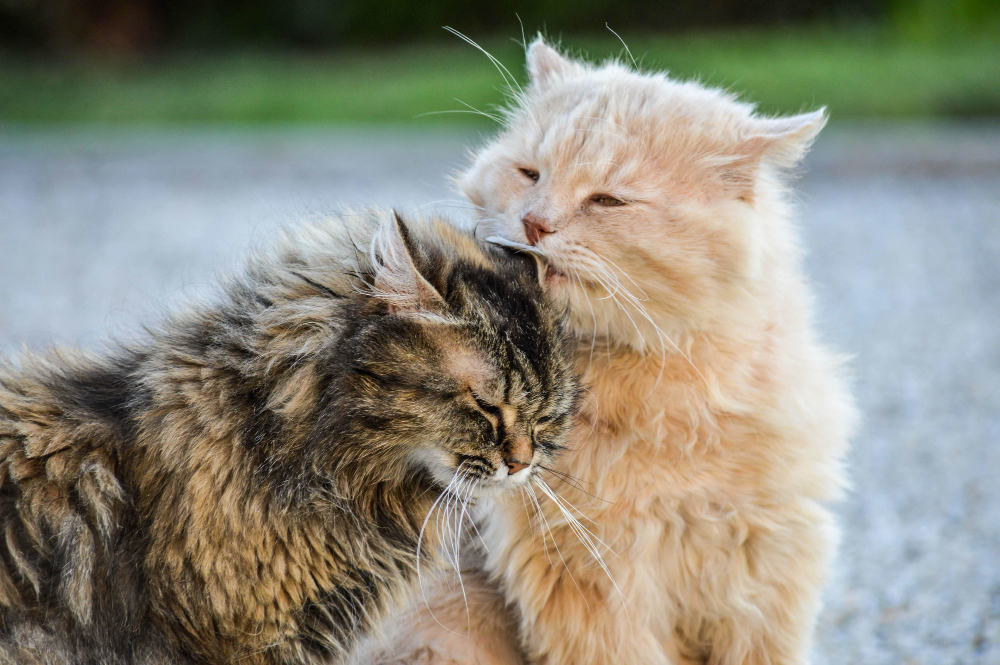
Appreciating a Different Kind of Bond
If you’re looking for a pet who offers constant feedback and physical closeness, a dog might be the better choice. But if you value a quieter, more understated companionship, a cat’s independent nature can be incredibly rewarding.
Cats teach us to appreciate affection on different terms. Their love isn’t performative—it’s patient, subtle, and deeply personal. The bond with a cat isn’t about constant attention, but about mutual respect. In some ways, earning a cat’s trust and affection can feel even more meaningful because it’s rarely given indiscriminately.
Additionally, cats are often a better fit for people with busy lives or limited space. Their independence allows them to self-regulate without constant interaction, which is why they’re commonly found in urban settings and pet friendly apartments.
When the Bond Deepens
One of the most fulfilling experiences for cat owners is noticing a gradual shift in their pet’s behavior: a formerly aloof cat begins seeking out your lap, purring at your touch, or even sleeping at your feet. These are not random acts—they are intentional signs that you’ve become part of their trusted circle.
Using tools like pet wellness exams to monitor physical and behavioral health can also deepen the bond. A healthy cat is more likely to engage and show affection. Likewise, cleaning routines and products like pet odor eliminators help maintain an environment both you and your cat are comfortable in.
Some owners even go the extra mile, adding personalized touches like custom pet pajamas or building DIY climbing shelves to encourage engagement. These small gestures can enhance the emotional landscape between you and your feline companion.
Building a Connection on Their Terms
Earning a cat’s trust takes time. Unlike dogs, who often give their affection freely, cats are more selective. But once you’ve earned that trust, the connection can be profound.
Through shared routines, gentle touch, play, and quiet coexistence, cats form emotional ties that are just as real as those with dogs—they’re just delivered with more finesse. Playtime and positive reinforcement go a long way in building rapport.
Some behaviorists recommend clicker training or treat-based games as interactive ways to build trust and stimulate your cat’s mind. This not only strengthens the bond but helps avoid behavioral issues rooted in boredom or stress.
Final Thoughts: Independence Isn’t Emotional Distance
So, are cats too independent to bond with humans? Not at all. They’re just independent enough to make the bond feel earned—and all the more meaningful because of it.
Recognizing and valuing the unique ways cats express love challenges us to be better listeners, more patient companions, and ultimately, more thoughtful pet parents. And isn’t that what connection is all about?
Whether you share your home with a dog, a cat, or both, building a fulfilling relationship comes down to attention, intention, and understanding the emotional language of your pet.


